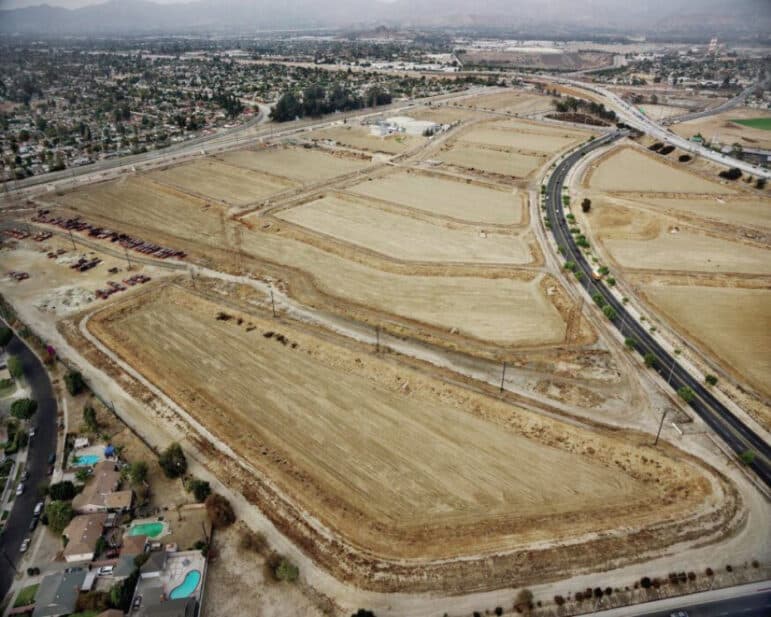
DWP seeks to maximize aqueduct deliveries anyway
In October the Los Angeles Department of Water & Power (DWP) Commissioners received a supply conditions update from DWP Director of Water Resources, David Pettijohn, who said, “…we now have the most water in the Southern California region than we’ve ever had in history. There’s going to be … four million acre-feet of water in storage available to all Southern California. To put that in some perspective, that’s about eight times as much water as the city uses in a year. So, there’s a lot of water in storage and that is good news for us.”
On January 2, the Metropolitan Water District (MWD), which serves 26 water districts including DWP and Los Angeles, highlighted that the region is prepared even if the winter ends up dry, writing in a statement, “While it is still too early to tell how this water year will shape up, at Metropolitan, we’ve made investments in storage and long-term planning to reduce our dependence on the amount of water we receive from our imported sources from year to year. By kicking off 2025 with a record 3.8 million acre-feet of water in storage, we are well-positioned to meet our water demands this year.”
“From an LA perspective … that amount of water is very small, whereas for the recovery of Mono Lake, it’s incredibly important.”
Mark Gold, Natural Resources Defense Council
As questions of water supply and delivery arose during the January fires in Los Angeles, water storage received additional public attention. Questions about hydrants running dry have led to multiple investigations involving DWP regarding these localized water distribution issues. But water distribution is not the same as big picture supply; as Bruce Reznik of the Los Angeles Waterkeeper told the Los Angeles Times, “There was plenty of water available in Southern California at the time these fires broke out.”
MWD’s statement highlighted how local supply and long-term planning are essential in the era of climate change: “Instead of being at the mercy of increasingly dramatic fluctuations in precipitation, we are continuing to adapt to climate change by diversifying the region’s water supplies, investing in storage, increasing the flexibility of our water system and supporting Southern Californians’ commitment to saving water.”
DWP ignored this high level of supply, however, when it abandoned the mayor’s commitment to not increase Mono Basin diversions. Justifications for the action included dry conditions in the fall and aqueduct reservoir storage.
DWP’s reversal of the City’s commitment reveals that for all the effort on supply planning, water conservation, water recycling, stormwater capture, and careful planning during wet and dry years, the successful outcomes don’t seem to affect aqueduct operations. As Adam Perez, DWP’s Los Angeles Aqueduct manager, said in an interview, “We always try to maximize aqueduct deliveries to the city.”
Mark Gold, Director of Water Scarcity Solutions at the National Resources Defense Council and part of the Committee’s coalition, sees the same big picture. “We have the most water stored in our reservoir system in the history of [MWD],” he observed.
Disappointed that the mayor’s promise to Mono Lake wasn’t kept by DWP, Gold reflected that, “From an LA perspective and what we need on a day-to-day basis to thrive, that amount of water is very small, whereas for the recovery of Mono Lake, it’s incredibly important.”

This post was also published as an article in the Winter & Spring 2025 Mono Lake Newsletter. Top photo by Geoff McQuilkin.
